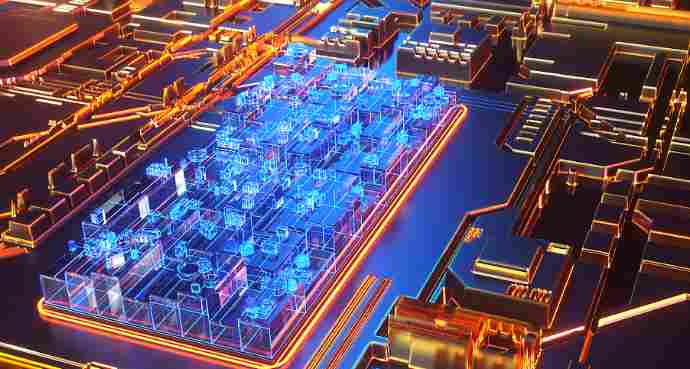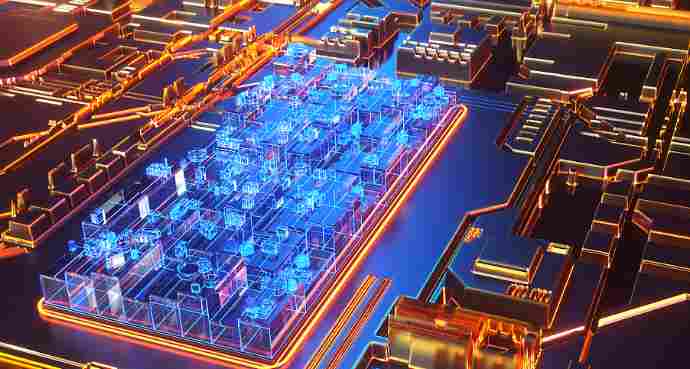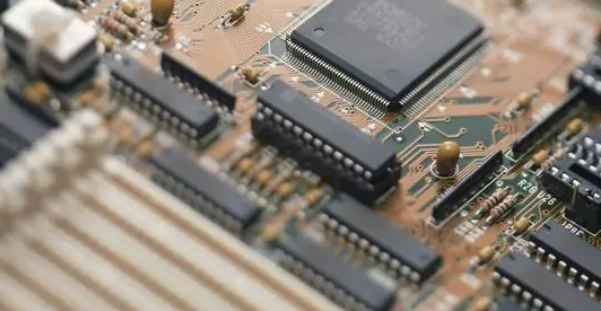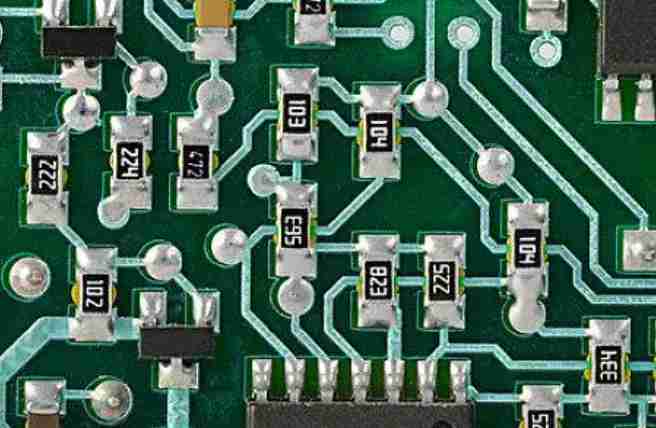
The printed circuit board design and production is mainly to remove excess copper on the copper-clad plate and form a line, and multi-layer printed boards also need to connect the various layers. As the circuit board is becoming more and more fine and small, the processing accuracy is increasing, resulting in more and more complex printed board production. Its production process has dozens of steps, each of which has chemicals entering the wastewater. The pollutants in printed circuit board design and production wastewater are as follows:
First, copper because the excess copper is removed on the copper-clad plate and the circuit is left behind, copper is the most important pollutant in the printed circuit board design wastewater, and copper foil is the main source. In addition, because the lines of each layer of the double panel and multi-layer plate need to be connected, the drilling and copper plating on the substrate, so that each layer of the circuit is connected, and the first layer of copper plating on the substrate (generally resin) and the intermediate process are also electroless copper plating, electroless copper plating uses complex copper to control the stable copper deposition rate and copper deposition thickness. Generally, EDTA-Cu(copper sodium ethylenediamine tetraacetate) is used, but there are also unknown components. The cleaning water of the printed board after electroless copper plating also contains complex copper. In addition, the printed board production also has nickel plating, gold plating, tin plating lead, so it also contains these heavy metals.

Second, organic matter in the production of circuit graphics, copper foil etching, circuit welding and other processes, the use of ink will need to protect the copper foil part of the cover, after the completion of the return, these processes produce high concentration of organic matter, some COD up to 10 ~ 20g/L. These high-concentration wastewater accounts for about 5% of the total water volume, and is also the main source of COD in printed board production wastewater.
According to the different production processes, some processes contain ammonia, ammonium chloride, etc., in the etching liquid, which is the main source of ammonia nitrogen.
Other pollutants In addition to the above main pollutants, there are acids, alkalis, nickel, lead, tin, manganese, cyanide ions, fluorine. In the printed board production process, there are sulfuric acid, hydrochloric acid, nitric acid, sodium hydroxide, various commercial pharmaceutical solutions such as etching solution, chemical plating solution, electroplating solution, activation solution, prepreg solution and dozens of other, the composition is complex, in addition to most of the ingredients known, there are a small number of unknown ingredients, which makes wastewater treatment more complex and difficult.
PCB board design wastewater treatment
The production process and chemical solution of different PCB design manufacturers are still very different. Before the design of the wastewater treatment project, participate in the waste water diversion work of PCB board design and production, and verify the chemical composition of each process with the production process technicians, so as to ensure the accuracy and thoroughness of the waste water diversion from the source, and lay a good foundation for subsequent treatment.
Two, three basic nature of the wastewater treatment process: 1. General cleaning water (non-complex copper wastewater) is carried out by caustic soda neutralization method. 2. The complexed copper wastewater is broken by iron salt masking method, sulfide precipitation method and biological breakdown method, that is, the wastewater after chemical breakdown is biological treatment, which can further break the complexed copper of unknown composition, and also remove organic matter. New Dayu company adopts universal pharmaceutical, which can reduce the overall treatment cost by half. 3. Biochemical treatment of COD. Generally, the removal effect of the general physicochemical precipitation method is limited, and the COD of the ink wastewater is usually relatively high, even after dilution, COD is often exceeded. Considering all kinds of COD removal methods, the use of biochemical method to remove COD has great advantages in all aspects, after the debugging and stable operation, the daily operation management is relatively simple, and the operation cost is much more economical than other methods.
At present, China's serious lack of water resources, printed board production water consumption is far greater than the traditional metal surface manufacturing industry, how to achieve the recycling of water, waste into treasure, has become a prominent issue in the printed board manufacturing industry environmental protection issues. Using the main process of "ultrafiltration + reverse osmosis", Xindayu Company successfully solved the pretreatment process of wastewater reuse, realized the recycling of part of wastewater, and achieved good social and environmental benefits.









